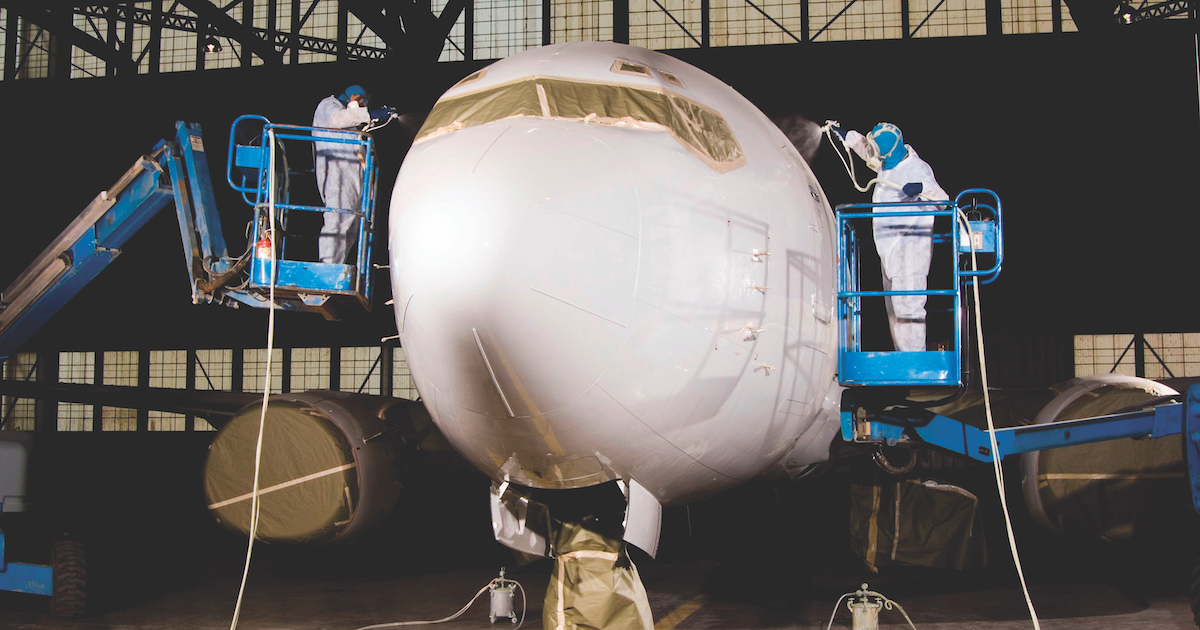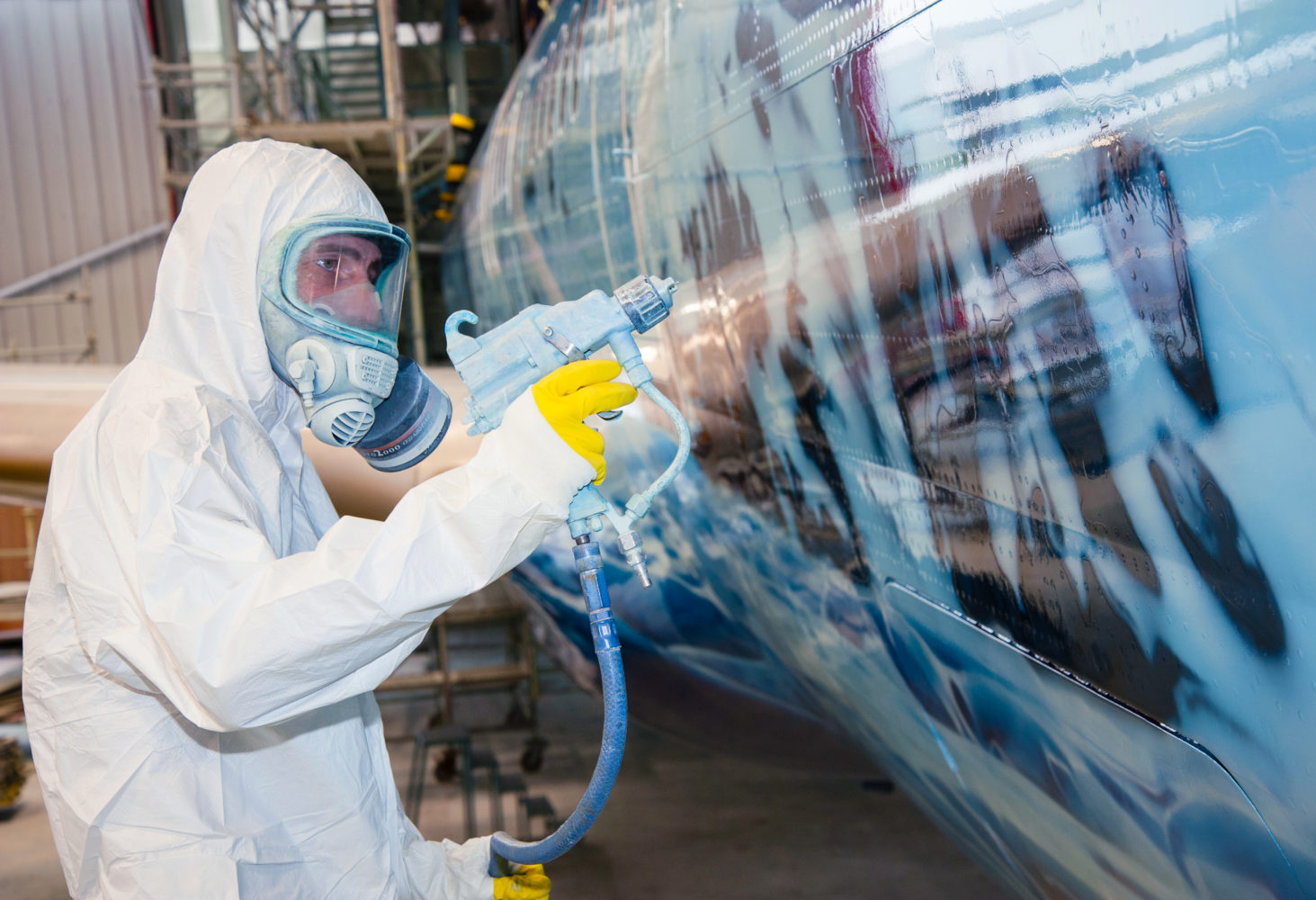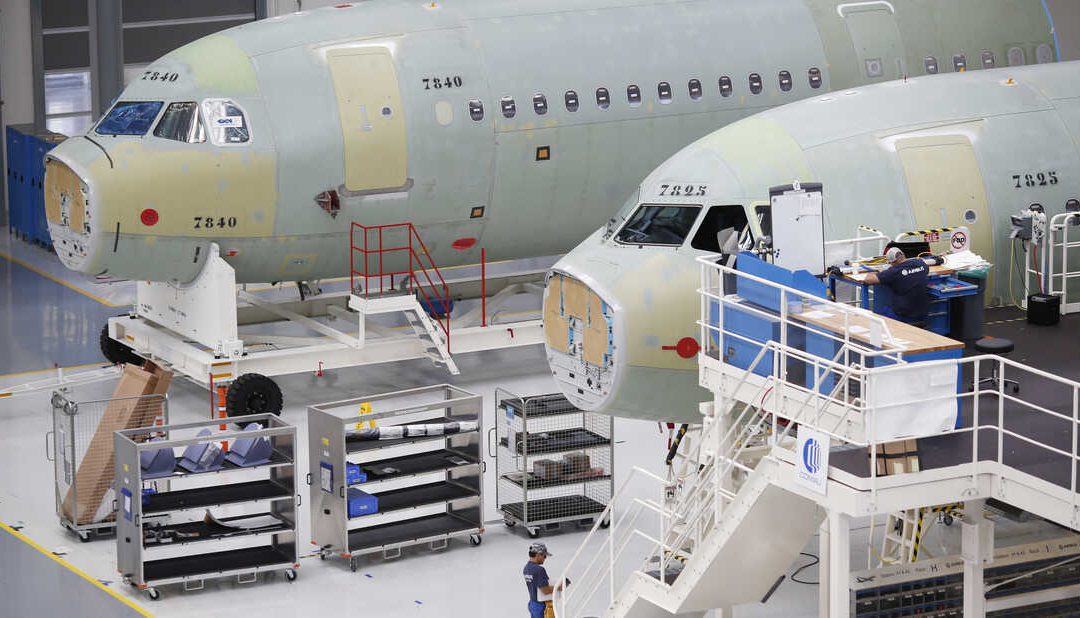Painting metal scale aircraft gun barrels can significantly enhance the realism and authenticity of your scale models. As a modeling enthusiast or a professional in the field, understanding the nuances of painting these intricate parts is crucial. In this comprehensive guide, we will delve into the step-by-step process of painting metal scale aircraft gun barrels.

Why Painting Metal Scale Aircraft Gun Barrels Matters
Adding a coat of paint to metal gun barrels not only improves their appearance but also protects them from corrosion and wear. Additionally, it allows you to match the gun barrels with the overall theme and color scheme of your aircraft model, achieving a unified and realistic look.
Essential Tools and Materials
- Primer
- Base coat paint
- Detail paint
- Clear coat
- Brushes of various sizes
- Masking tape
- Fine-grit sandpaper
- Painting stand or holder
Preparing the Metal Gun Barrels for Painting
Proper preparation is key to achieving a smooth and long-lasting paint finish. Start by cleaning the metal gun barrels thoroughly to remove any grease or dirt. Use fine-grit sandpaper to gently sand the surface, creating a rough texture that allows the primer to adhere better.
Step-by-Step Painting Process
Step 1: Applying the Primer
Apply a thin layer of primer to the metal gun barrels. This base coat helps the paint to stick better and provides a uniform surface for the subsequent layers. Allow the primer to dry completely before moving on to the next step.
Step 2: Base Coat Painting
Once the primer is dry, apply the base coat paint. Use a steady hand and even strokes to cover the entire surface. It may require multiple thin layers to achieve a consistent and solid color. Make sure each layer is dry before applying the next one.
Step 3: Adding Details
With the base coat in place, it’s time to add details and weathering effects to the gun barrels. Use fine brushes to paint small details, such as rivets, joints, and textures. Create realistic weathering by adding subtle shades, rust effects, and wear marks.
Step 4: Applying the Clear Coat
To protect your paintjob and give it a polished look, apply a clear coat over the painted gun barrels. This layer acts as a sealant, preventing the paint from chipping or fading over time.
Alternative Methods and Techniques
Using Airbrush
An airbrush can provide a smoother and more even finish compared to traditional brushes. Its especially useful for painting larger scale models or achieving intricate details. Practice your airbrushing skills on a scrap piece before working on the actual gun barrels.
Weathering Techniques
Weathering is an advanced technique that adds realism to your scale model. Experiment with dry brushing, washing, and chipping to create the effect of wear and tear on the gun barrels. These techniques can make your model stand out and look more authentic.
Common Mistakes to Avoid
- Skipping the primer: This can result in poor paint adhesion and an uneven finish.
- Applying thick paint layers: Opt for thin and even coats to avoid drips and streaks.
- Neglecting drying time: Each layer needs adequate time to dry before adding the next one.

FAQ
1. How long should I wait between paint layers?
Wait at least 24 hours between layers to ensure each layer is fully cured.
2. Can I use regular acrylic paint?
Yes, but make sure it’s compatible with metal surfaces and use a primer for better adhesion.
3. How can I achieve a realistic weathering effect?
Use a combination of techniques such as dry brushing, washing, and chipping to simulate wear and tear.
For more information, you can visit How do you paint an aircraft.
